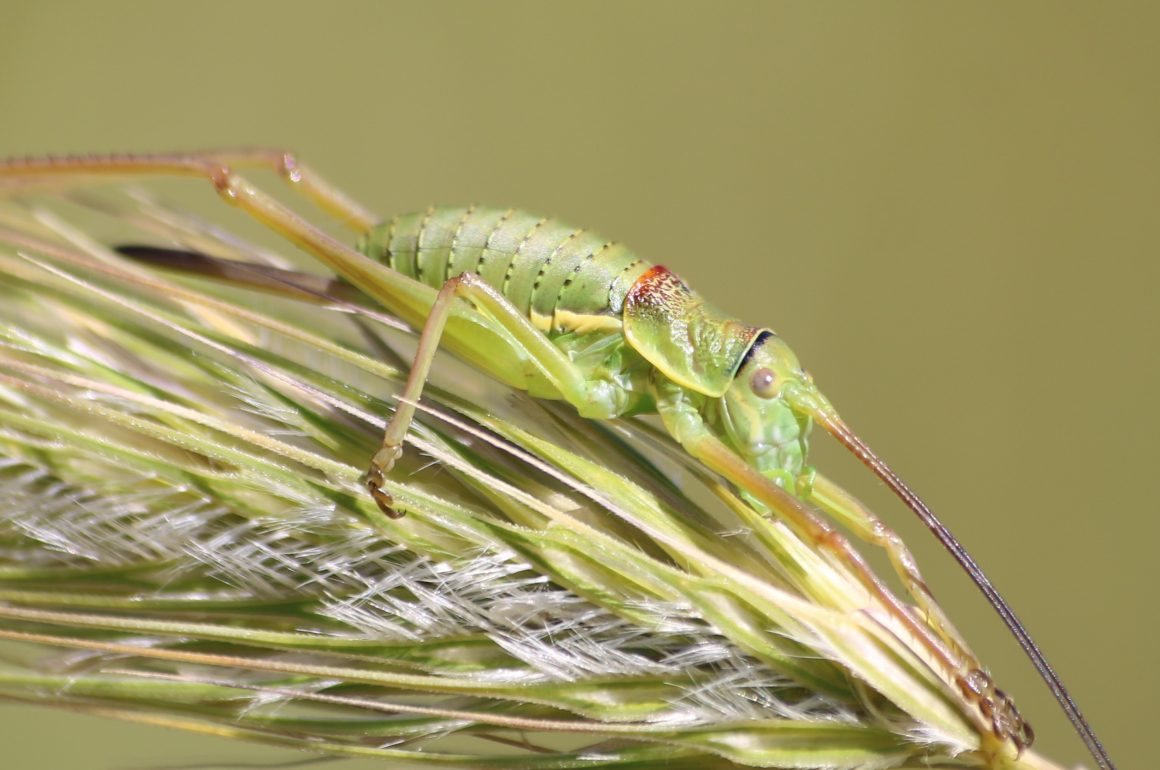
We are birders. All of us are, or we wouldn’t be meeting here on 10,000 Birds quite so frequently. Birds rule our world. The prospect of encountering birds is what makes us get up early in the morning and leave the comforts of our homes to venture out into nature’s wilds and wilderness. Once we are there and surrounded by a world of wonders, we do what we do best: find birds. And yet, there are some amongst us who also seek other pleasures while in pursuit of birds, and even though birds remain the focal attraction, these aspects even increase our joy of birding: the side quests.
Here are the ten non-birding things I enjoy the most while I am in search of birds:
My 10 favourite side quests.
Navigating the landscape
My most valued nature experience connected to birding is roaming the landscape, preferably away from paths. I absolutely love open landscapes, like semi-deserts, steppes or tundra regions, and the process of looking at the landscape that lies ahead of me, determining where I want to go and which route to take, is just priceless. “Finding all the birds” factors into determining where to go and how to get there, yet the process alone of roaming the land satisfies such a wonderfully primeval urge and instinct that birds sometimes – very rarely – will have to be content with taking a back seat .
Tracking
I learned how to search for tracks and signs of animals during my university days while doing research on mammals in Namibia. Most people will now have tracking leopards and antelope in mind, but a more crucial aspect was actually tracking for scorpion and snake spoor when looking for a safe place to sleep outside on the ground. Now, here in Germany tracking isn’t quite as exciting as this country is not known for its roaming lions or high risk of being bitten by a puff adder. Yet, old habits die hard: No matter what the birds are doing around me – any spot of soft soil, a scat, or trampled vegetation will be given at least a fleeting analytic glance.
That’s a jungle cat! Or rather, that’s what a jungle cat leaves behind on wet soil for zoologists to find. Which is rather nice of them.
Watching mammals
This is a side quest that pairs very well with birding as it requires the same basic technique of walking around silently and scanning the landscape for anything that lives and looks exciting. Encountering a mammal – any mammal – is always something special, and a mammal encounter will bind my attention for a prolongued amount of time, usually until the animal vanishes into the landscape.
Hill topping
I can’t do it, for the life of me, I can‘t. It’s just beyond my means: No matter how certain I am that the shortest and most economic way to where I want to go leads right over the ridge between two hills, and no matter how exhausted or in a hurry I am – I can’t just take the easy route. I must climb one of the hills, just to stand there, scan the horizon for … you know … whatever, and then descend the hill again back towards the path. I’m just wired that way.
Any sane person would walk over to the tracks and follow them back to camp. Then there is me. “Me” of course has to walk up that hill on the right first because, you know, it is there. And then proceed to follow the tracks back to camp.
Grasshoppers & crickets
This is a rather recent acquisition of mine. Three years ago, a job assignment required me to survey a lake side for a specific grasshopper (Tetrix ceperoi, just so you know). Before that, I’ve had assignments to look for a specific flower species, for butterflies or dragonflies, yet there was never a spark, never a desire to learn more or even learn about all the species within that group. However, irrationally and highly subjectively of course as things tend to happen, the sparks flew when I finally found my first Tetrix ceperoi. So much indeed that I just got back from a weekend in Switzerland where I did not go to seek out birds but grasshoppers & crickets instead!
Don’t label me a traitor just yet. Understand that the high season for crickets & grasshoppers here in central Europe is July and August. And when you live far inland with very little shorebird habitats around you, there is very little excitement to be found in birding during that time of year. So it pairs well and actually compliments my field season. And they are such exciting creatures, like escapees from a fantasy steam punk world…
Here it is, in all its half-an-inch (if that much) glory: my trigger hopper, Tetrix ceperoi.
Reading the weather
Every birder who’s once been caught out in the open by a thunderstorm or heavy rain will start checking the weather frequently as part of their birding routine. We all learn it the hard way, right? No, you ignore smartphone apps with rain radars and whatnot. That’s not what you do as a birder. You frequently check the sky for suspicious clouds, determine wind direction and wind speed, and while walking outside on critical days you always and invariably memorize possible rain shelters (like bridges, shacks or bird hides) should the need arise to take cover. When the whitewash is about to hit the fan, you are prepared: you can determine how much time is left before the rain sets in (whether to walk or run) and where your best option for a shelter is. That’s how it’s done. And when it works out well, the triumph over the elements makes waiting for the rain to stop so much sweeter.
This was a problem.
This was a solution.
Taking a break
You can take a break when you are exhausted and you can turn the taking of a break into an art form. Taking a break is first and foremost a necessity to me as well. But when it comes to the choosing of the where and how, I am a bit finicky. As a young lad in my early twenties at the Baltic coast, I had what’s best termed a trigger break. I sat down on a nice grassy spot on top of a coastal dyke, looked out onto a vast bay and while I was eating, a soft breeze cooled me down after a long bike ride. Suddenly it struck me that if I was now caught in some groundhog day time event and had to spend the next 60+ years here at this very spot, just sitting there in the breeze and looking out onto the bay with my sandwich in hand, I’d die a happy man. Ever since that day, I try to recreate that magic moment whenever I can.
Napping
As a serious birder, I am not known for missing out on birding time for something as childish as a nap … coz no one ever saw me do it. Birding can be arduous. You get up early, carry a heavy load of equipment, water and food, walk for prolongued periods of time in sometimes insufferable weather … And then you find a nice secluded and sheltered spot, preferably in the shade beneath some trees on soft grassy ground, … Come on, you can’t tell me you would not go for a short power nap, surely? Be honest! Of course I never do that, not me. For sure.
Monte Generoso in Switzerland. This came pretty close to sitting on a dam at the Baltic coast in a nice breeze. No napping though. I’d NEVER … you know me.
Herpetofauna
This is a side quest I tend to not pursue very seriously while I am out and about birding. There are two reasons for that: first of all, my current birding grounds (Germany) aren’t too rich in species diversity, and I’ve seen all the species here over and over again during the last 40+ years. More serious though is the fact that looking for snakes & toads is hardly compatible with birding. As a birder, your visual scanning range is usually from 20 metres in front of you at horizontal level up towards the sky. As a herper, you are mostly scanning everything from the ground 20 metres in front of you downwards to your feet. You can’t scan both ground and sky at the same time. Having said that, any chance encounter with a herp species is very welcome and usually leads to many pictures taken.
Experiencing solitude in nature
I’ve always been that way. When I am not birding or trying to find animals, I’d like to think of myself as a sociable person. Also, I enjoy occasionally showing (and showing off) visiting birders my piece of birding turf and the species within it. But still, birding or nature walks to me are in essence an exercise in solitude. The hours spent alone out in nature are the most precious to me. Solitude allows me to fully submerge into the landscape and have the best possible situational awareness of all that moves and calls around me. Being with others, even with other birders, is a distraction. A pleasant distraction for sure, but still a distraction. I’m less of a birder when I am not alone.


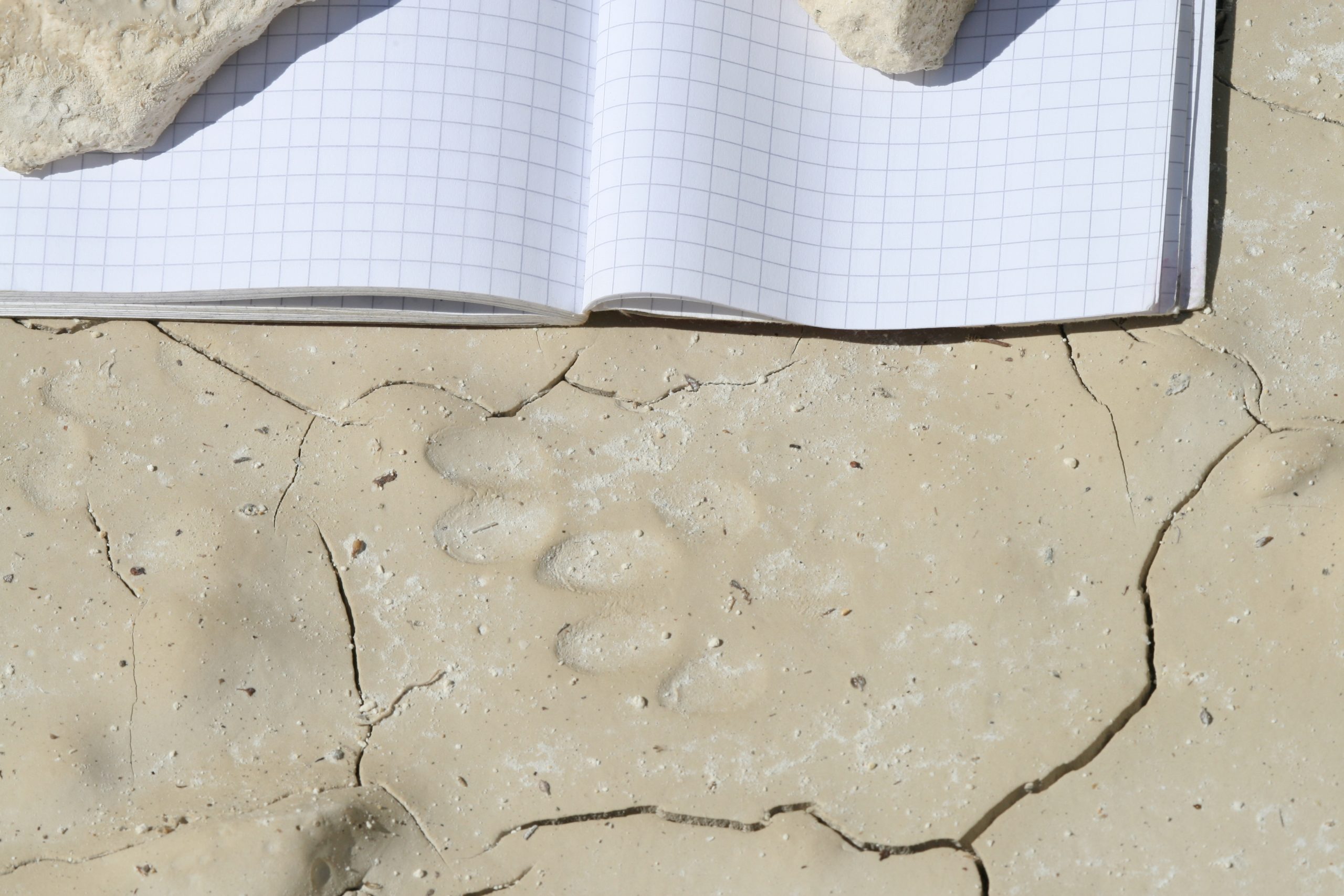
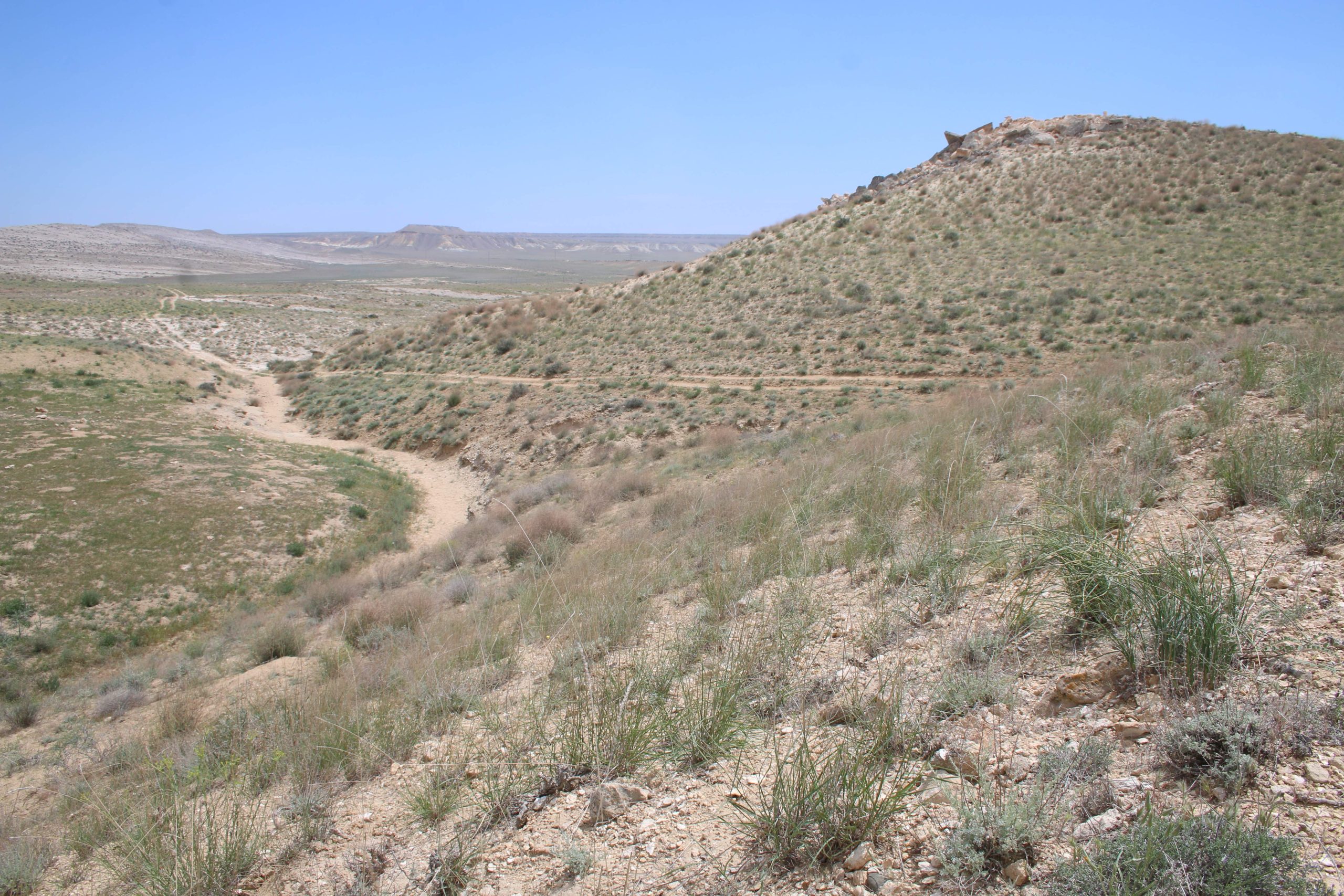
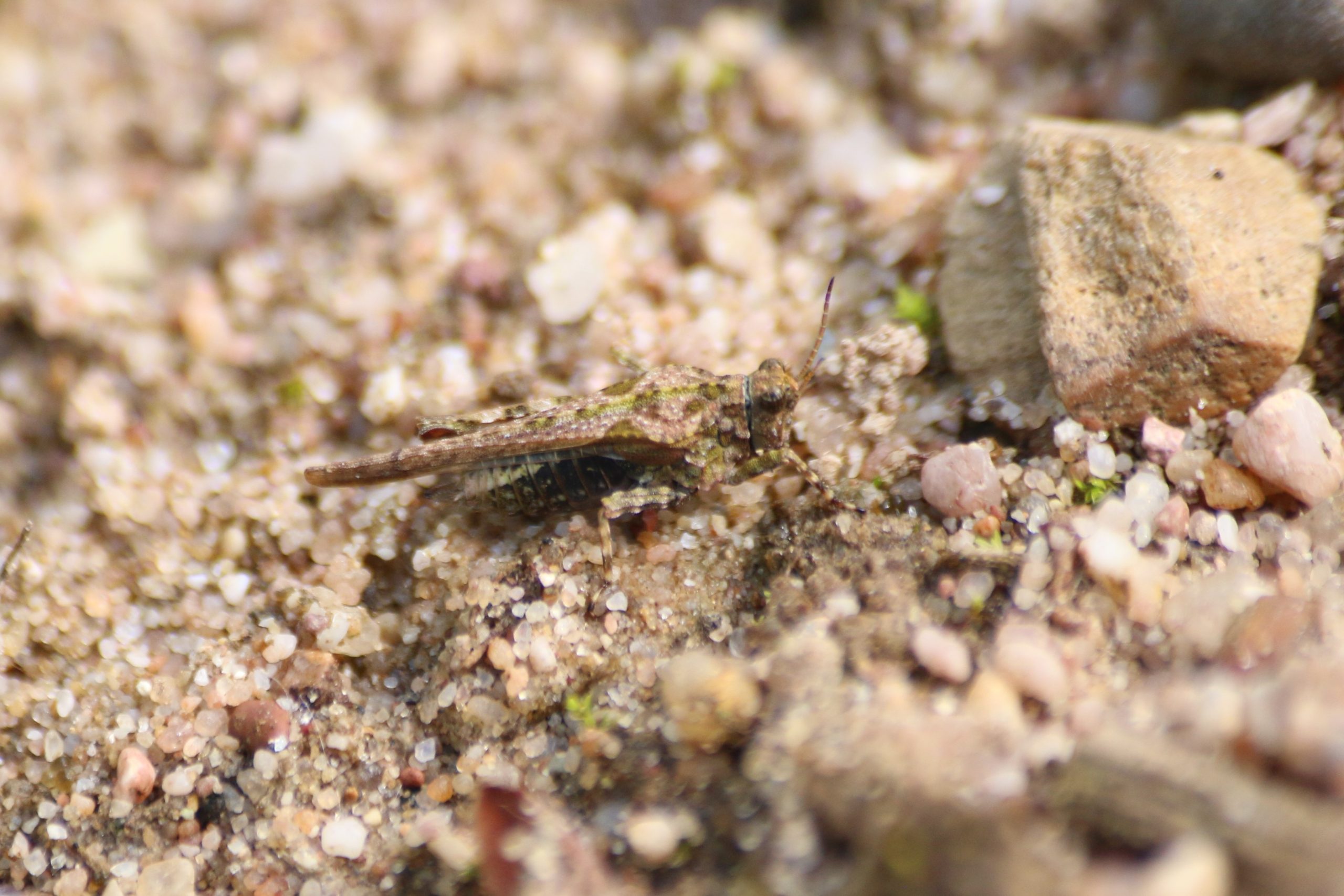
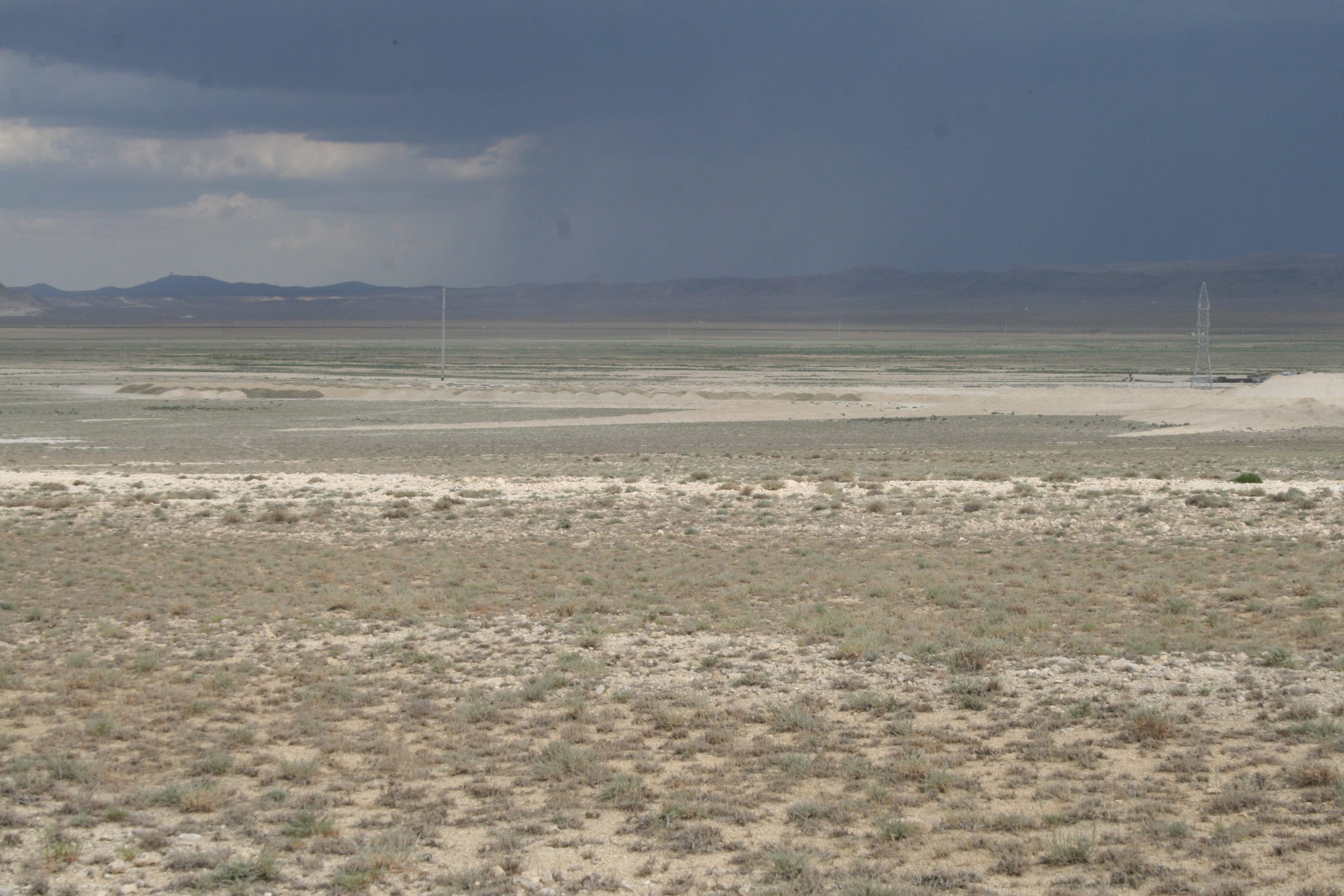
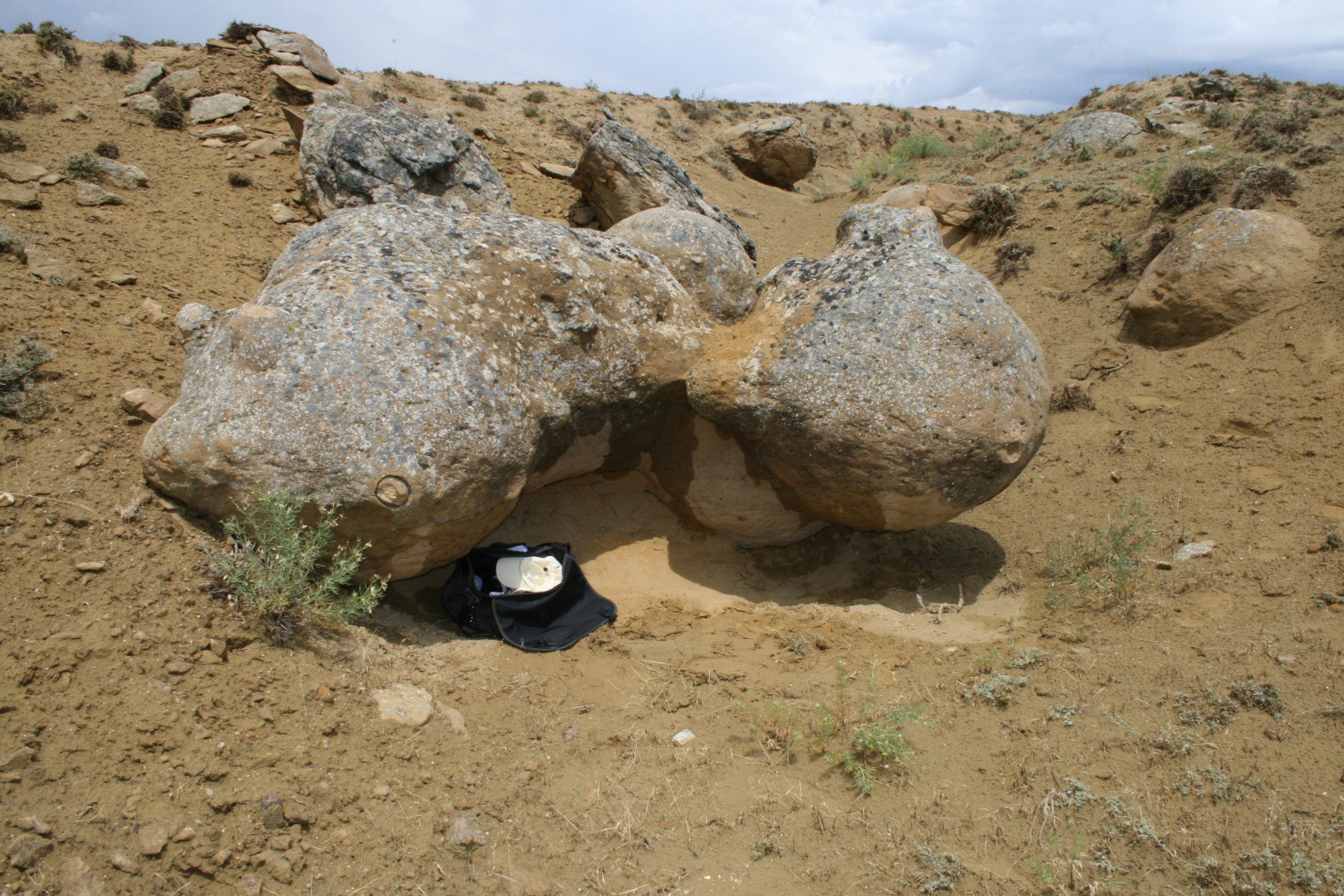
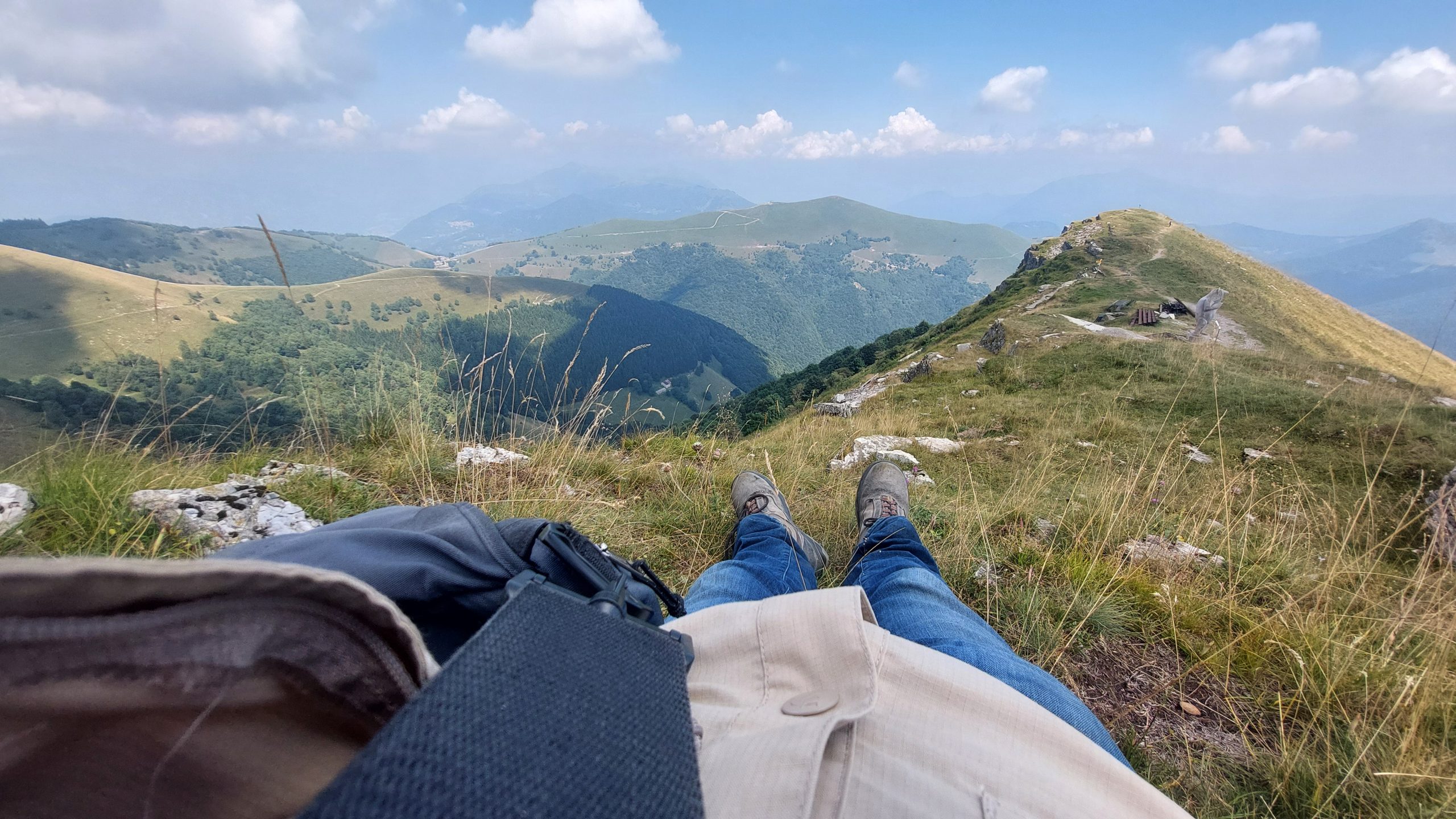
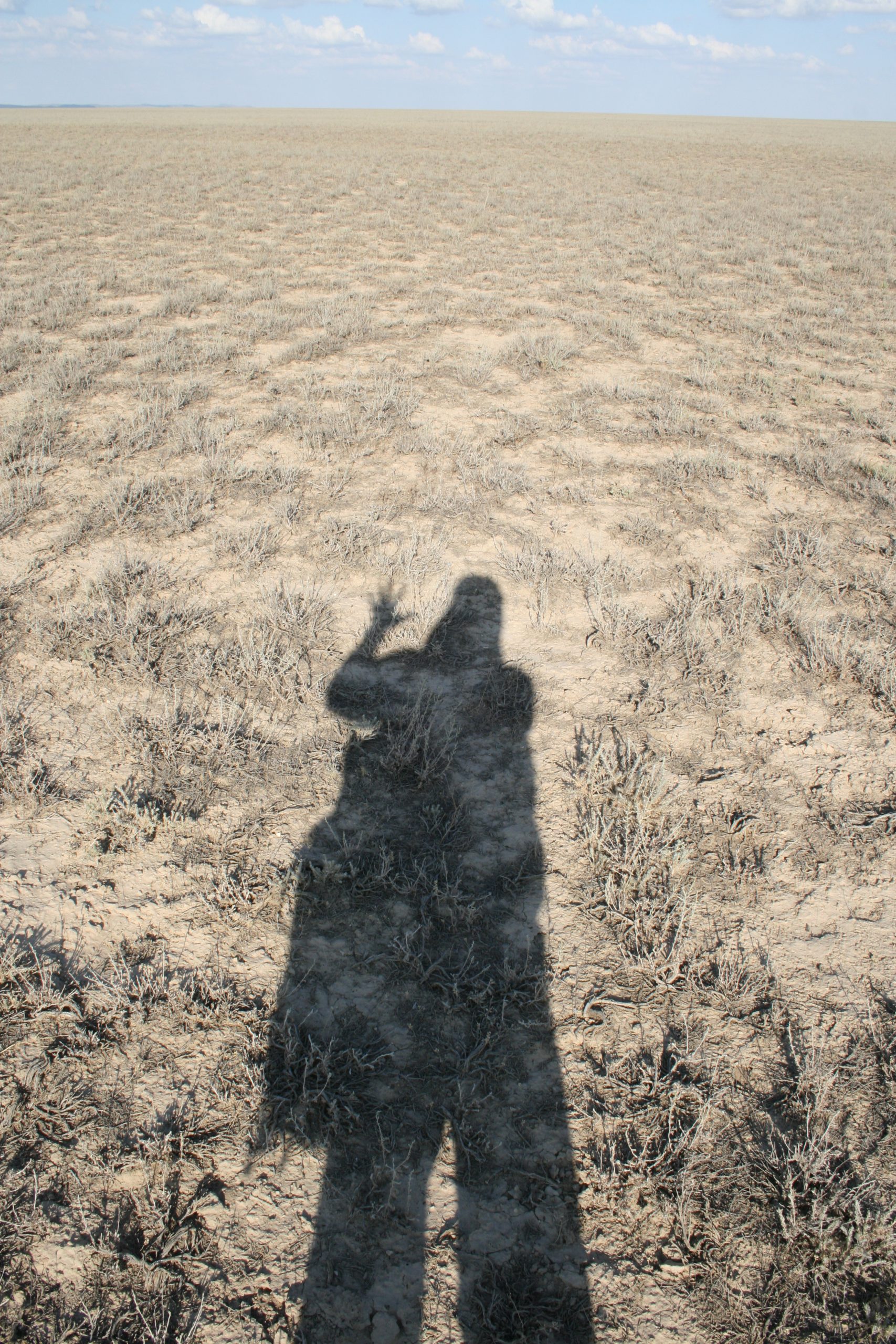











A good distraction: lunch. Too hot for birds at lunchtime so no regrets. I start scanning for a lunch spot the moment the first butterflies flutter about.
@Peter: Oh yes, certainly. Well, until a few years ago,. Grasshoppers are very active around lunch time. This now has become my busy period! Early mornings, on the other hand… 😉